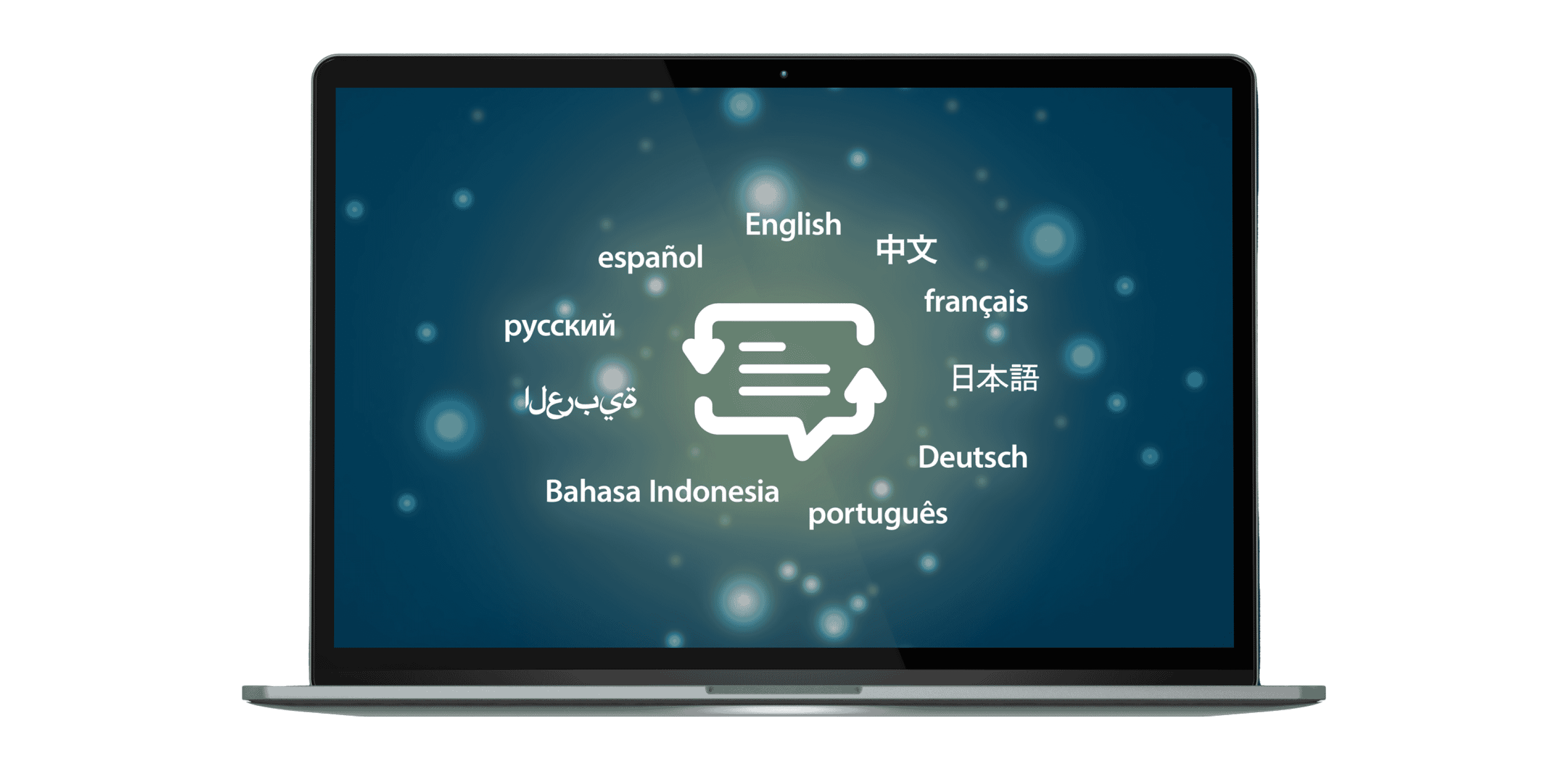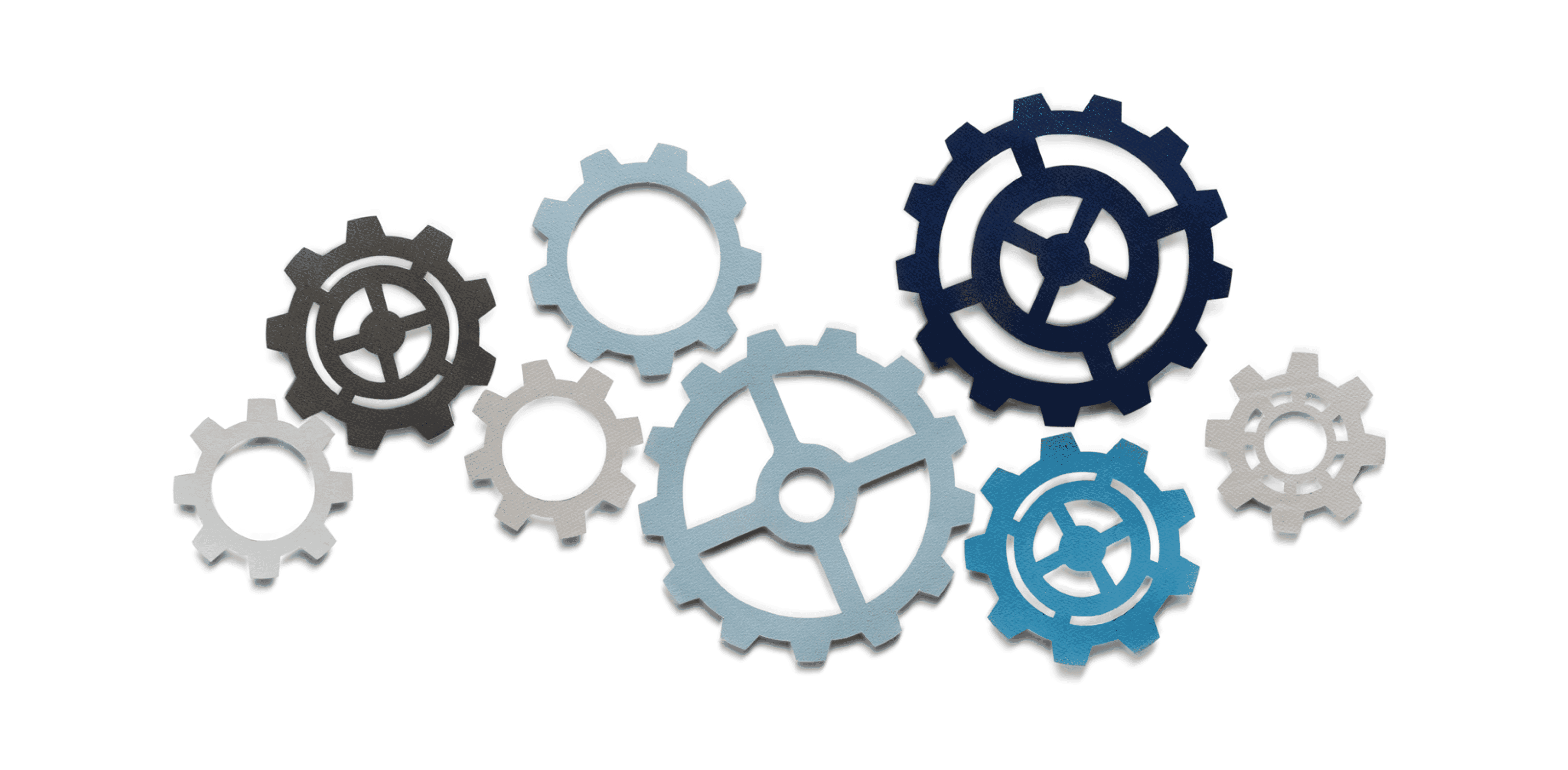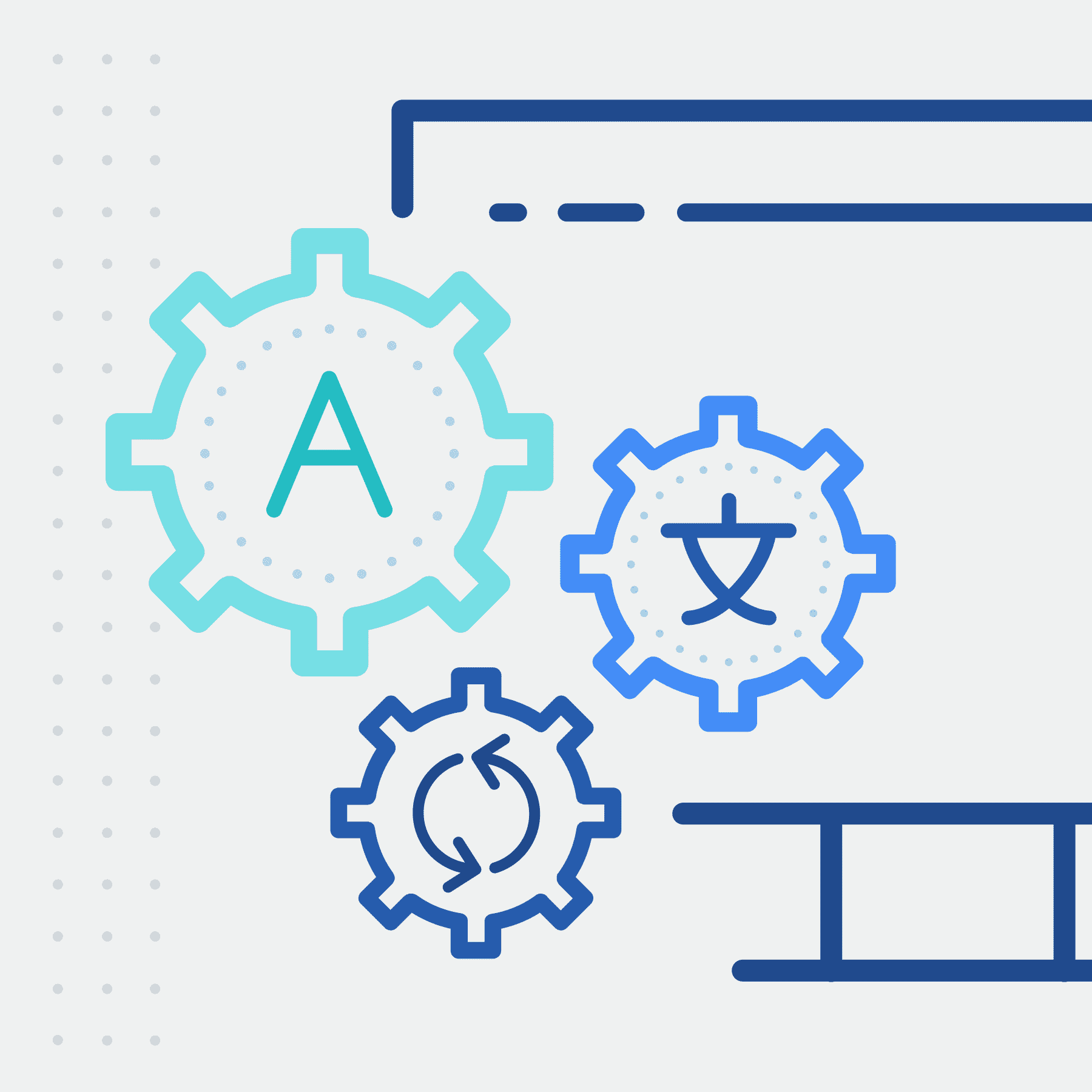For buyers of translation services, the service itself can look quite simple: You send your original documents (let’s say, written in English) to your translation service company and within a few days or weeks German, French, Spanish, etc. files are returned. What’s so hard about that? When the service from your point-of-view appears to be that simple then that’s a good thing. It likely means that your translation provider is doing a good job.
However, like any task performed well there is usually much more going on behind the scenes. Modern translation production relies on complex technologies for managing both business and translation production. Let’s have a look at translation production and the core technology that is the backbone in most modern translation workflows: Computer-Aided Translation software, or CAT tools.
What is a CAT Tool?
CAT software refers to software used by translators (as well as editors, proofreaders, reviewers, etc.) to create translations. These tools do not generate translations on their own. (But it is possible to connect them to machine translation engines that can create translations—more on that below). The primary functions of a CAT tool are:
- Parsing of documents into segments/sentences to preserve original formatting and alleviate formatting tasks for the translator
- Capture translated segments in a translation memory database
- Suggest matches from the translation memory while translating new content
Any CAT tool will provide these core functions, but for a CAT tool to be considered state-of-the-art it needs to do lots more!

A State-Of-The-Art CAT Tool
What defines a state-of-the-art CAT tool? Within the language services space the distinction between a run-of-the-mill CAT tool and one that is state-of-the-art has been decided for at least ten years with the emergence of Translation Management Systems, which contain a broader set of functions and greater connectivity that allows more collaboration among translation teams. The real difference between a CAT tool and a TMS is scale.
A state-of-the-art Translation Tool has at its core a central server that manages all the language resources that translators need (this is not an exhaustive list):
- Translation memories
- Terminology databases (term bases)
- File Filter library
- Special project settings
- Automation functions
- Connectors to other systems
Benefits of Advanced CAT Tools
The benefit of all CAT tools is to improve translator productivity by minimizing repetitive tasks. Translation Management Systems also improve the productivity of project managers by providing more opportunities for templating projects and automating workflows.
The other benefit of a state-of-the-art translation system is quality. With integrated access to centrally managed databases for translation memories and term bases, it is easier for translators to maintain consistency across projects and when working in exceptionally large projects. When working in a large content stack it is difficult to remember how you translated a specific phrase two weeks ago. That’s where translation memory comes in. Or you may not recall a particular term a client prefers. No problem, a quick check of the term base will answer that question.

Support for Large Teams
What if your translation provider is translating a few million words of content for your company into Spanish over a very short time frame, such as a matter of weeks. It is likely necessary for them to pull in a lot of translators. When working with large teams, it’s difficult to enforce stylistic requirements. In this case, your Spanish content is for use in Europe and all the numeric data must use periods instead of commas as thousand separators in large numbers. A state-of-the-art CAT tool will manage this for your translation team to avoid a mix of number separators in the translated content.
Another scenario might be a large percentage of repetitive sentences in your large translation project. It might actually make sense to translate those repetitive sentences first, pre-populating the translation memory with them so that the rest of the translation team can boost their productivity from those matches. A state-of-the-art CAT tool has functionality to find and extract all those repetitive sentences and isolate them so they can all be translated at one time. A run-of-the-mill CAT tool does not have such functionality.
Let’s Automate
As translation projects scale up more people will need to be involved in order to meet deadlines and fill all the necessary roles for translation, editing, proofreading, and client review. This results in lots of steps to be overseen by the project manager. To maintain efficiency, it is beneficial to automate as many steps as possible.
The best CAT tools come with automation functionality that can do things like updating master translation memories, initiating next steps in a process when a current one has been completed, carrying out automated quality checks, and exporting finalized files for delivery—all without a project manager’s effort.

The Importance of Connections
Another feature that the most capable CAT tools will have is connectivity. Having connections to different platforms and applications will enable more automation and smoother workflows. When choosing a CAT tool learn what type of connectivity your future system may have. Some CAT software will come preconfigured to connect with other platforms such as machine translation engines, document/content management systems, business management systems commonly used in the translation industry, web marketing platforms, and source control systems such as Git. Also, most advanced CAT systems have an API, which can be used to build custom connectors. Be sure that the system you choose has a well-supported API.
Think Like the Swiss
In the end, you want a CAT tool which is like a Swiss army knife for translation production. It needs lots of smaller tools embedded that can improve the productivity of translators, project managers, client reviewers, and localization engineers. Not all CAT tools are created equal or may be the best fit for you and your translation provider, therefore it’s important to think broadly, considering your current as well as your future needs.
If you are looking to improve your translation process using technology, do not hesitate to reach out to MadTranslations for a no-obligation consultation.










